“Reduced-sodium salts…are a great alternative to regular salt”
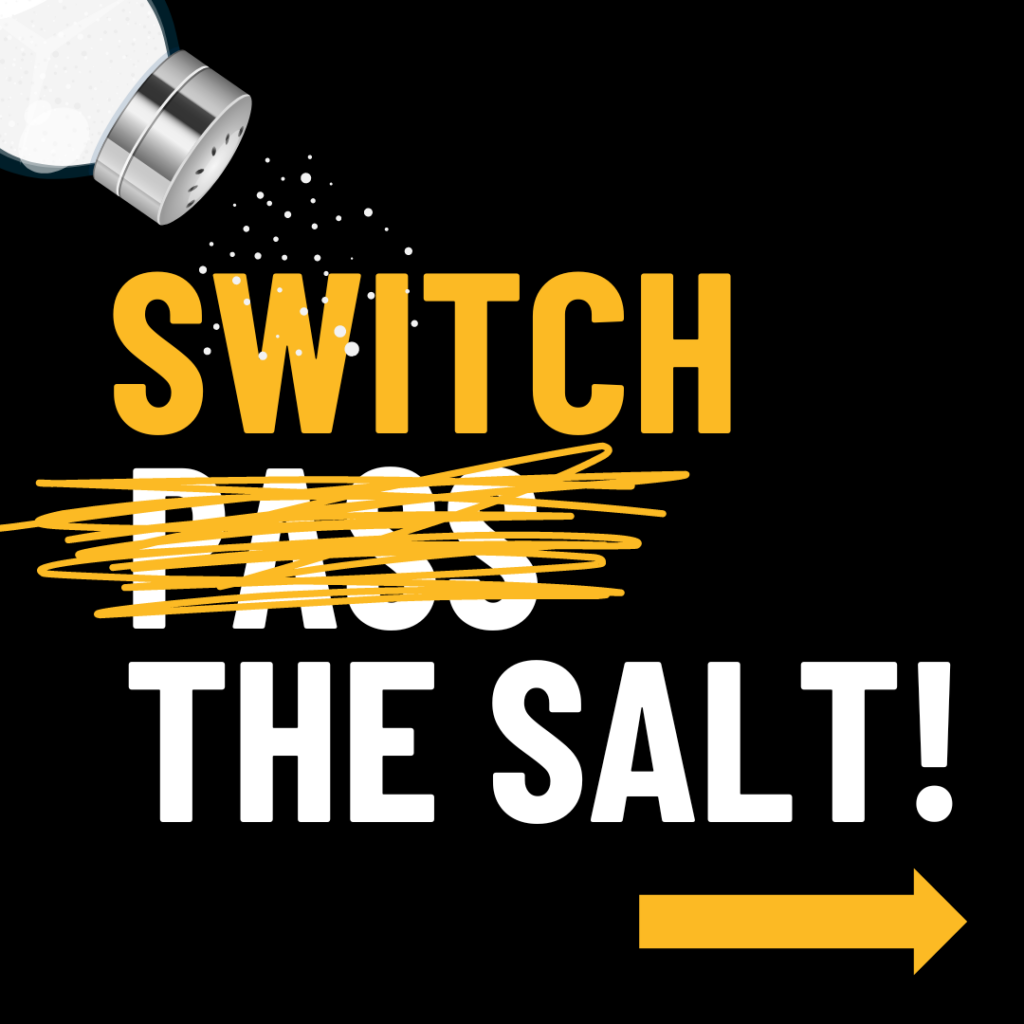
In a new op-ed for Health Affairs Forefront, Professor Bruce Neal, Executive Director for The George Institute for Global Health and our own Dr. Tom Frieden, President and CEO of Resolve to Save Lives, call for switching the salt we use to a healthier alternative—potassium-enriched, low-sodium salts—to improve heart health. Low-sodium salts look and taste just […]
“Surveillance is a public health superpower”

In an essay for the Financial Times, Dr. Tom Frieden explains how disease surveillance helps us foretell health disasters and see trends in diseases and health programs to save lives.
Strengthening Epidemic Preparedness at the Country Level
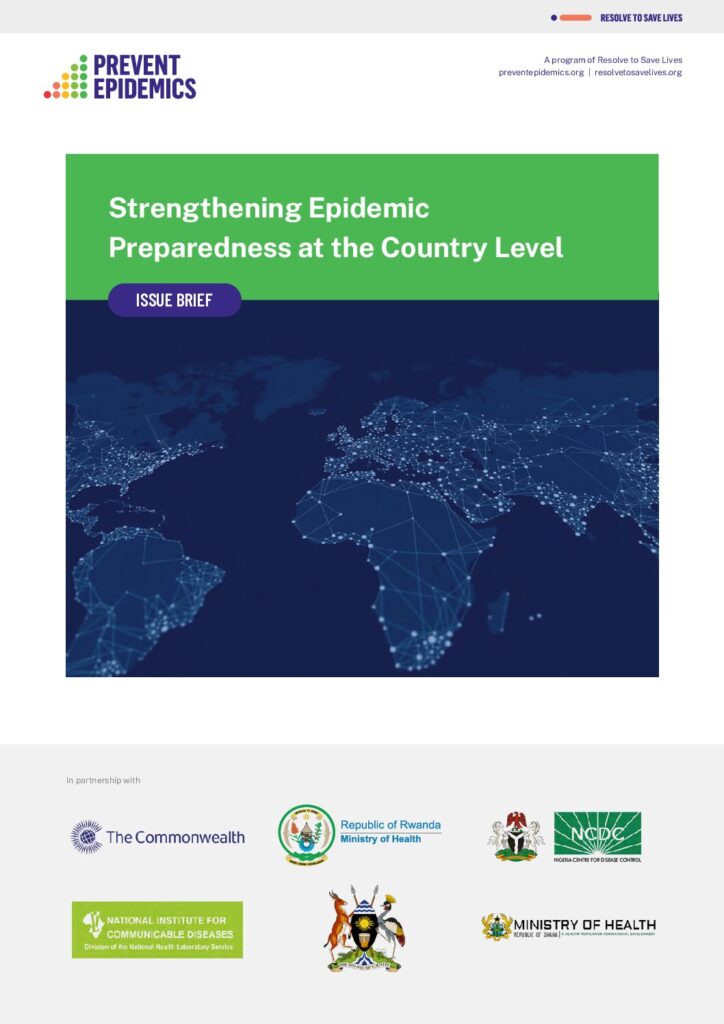
In partnership with public health institutions in eight African countries, Resolve to Save Lives released an issue brief outlining five proven approaches for national governments to significantly improve epidemic detection and containment in their communities. The model is based on joint efforts among African nations to mitigate the spread of COVID-19 and other infectious diseases […]
Designing tools that work for health care workers
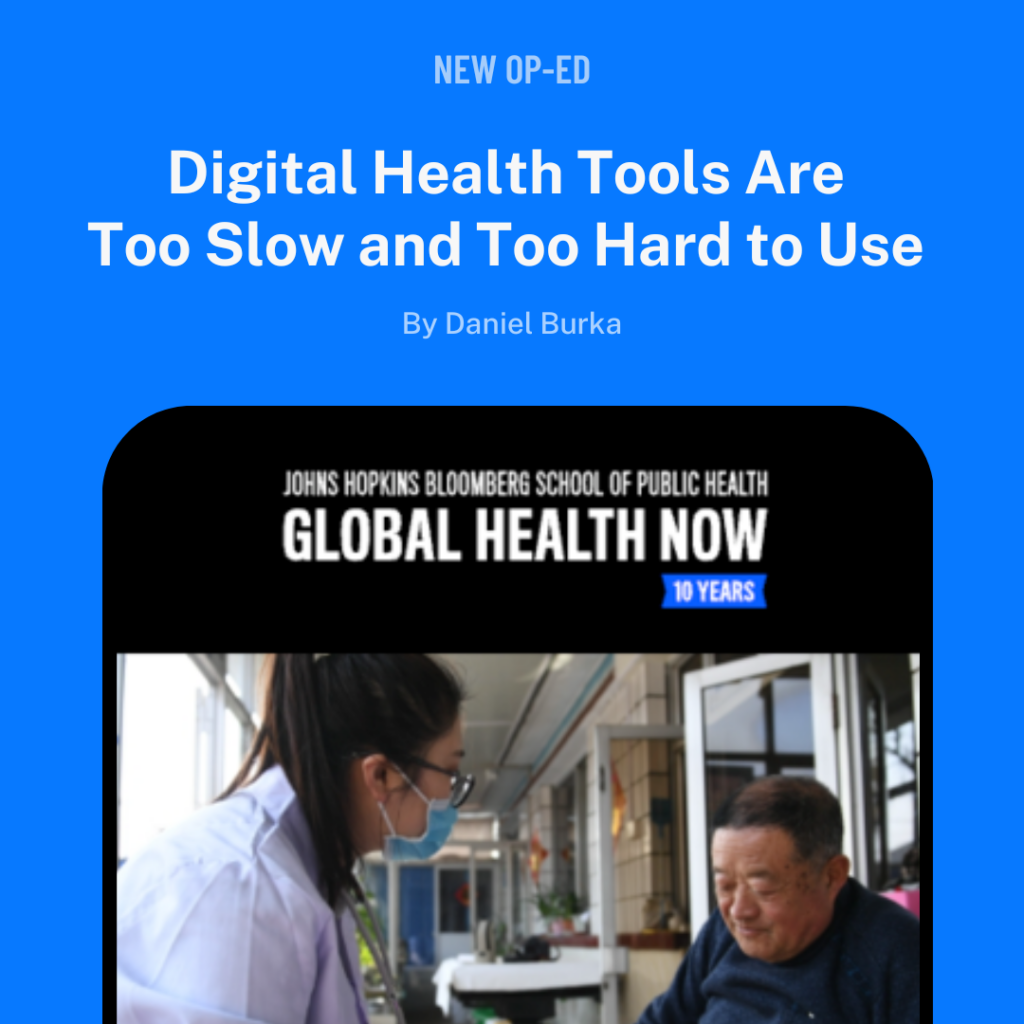
Daniel Burka, Director of Design for the digital team at Resolve to Save Lives, shares how any design team can create health care software that is easy to use, improves programs, and that health workers actually like.
Research Roundup: March to July 2024
At Resolve to Save Lives, we use our deep technical expertise to support countries in saving lives from the world’s leading killers. Check out these six peer-reviewed articles that RTSL staff contributed to last quarter!
REPLACE Initiative’s role in ending trans fat

Since the formation of the global partnership and launch of REPLACE, 43 countries have taken action against the harms of trans fat.
WHO’s HEARTS package significantly improves high blood pressure control
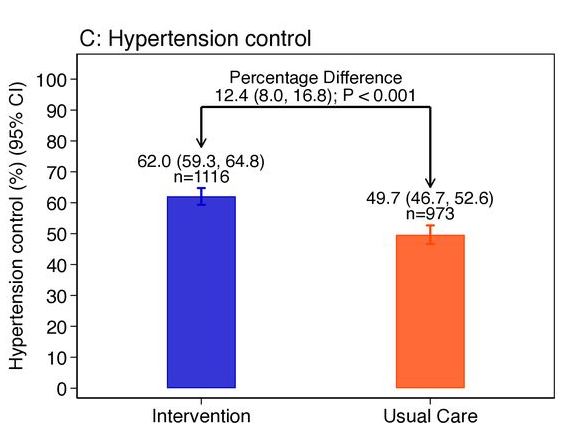
A new trial published in BMJ’s Heart Journal shows that the WHO-HEARTS technical package, developed and championed with support from Resolve to Save Lives, significantly improves high blood pressure treatment and control.
Drs. Tom Frieden and Tedros Adhanom Ghebreyesus on global progress eliminating trans fat

In BMJ and Al Jazeera: The world has made encouraging progress to eliminate trans fat, but more than 4 billion people remain at risk.
WHO’s 5-year milestone report on global trans fat elimination

By 2023, best-practice policies were in effect in 53 countries, covering 3.7 billion people or 46% of the world’s population, as compared to 6% just 5 years prior.
Milestone 5-year report on progress to eliminate toxic trans fat released
Statement from Dr. Tom Frieden, President & CEO, Resolve to Save Lives 24 JUNE 2024 (NEW YORK, USA)—“At the start of 2024, 53 countries had introduced trans fat regulations, protecting nearly half of the world’s population from this toxic chemical and preventing as many as 183,000 deaths each year. The new 5-year REPLACE report released […]
Growing adoption of 7-1-7 on display at the 2024 Global Health Security Conference

On June 20, 2024, the 7-1-7 Alliance hosted a packed networking breakfast at the Global Health Security Conference in Sydney for partners engaged in the adoption and use of the 7-1-7 target for the timely detection, notification and response of infectious disease outbreaks.
New report offers lessons on stopping disease outbreaks, amid global spread of H5N1
Resolve to Save Lives report shows how public health specialists around the world controlled bird flu and other outbreaks last year June 18, 2024 (New York, NY) – With the highly contagious H5N1 avian influenza (bird flu) spreading worldwide, Finland provides a lesson in how to bring an outbreak under control quickly. After a deadly outbreak […]
Conference talk shows how DHIS2 app achieves real-world results

At the 2024 DHIS2 conference in Oslo, DHIS2, FHI 360 and RTSL showed how a user-centered approach to DHIS2 Android app development achieved real-world results in Nigeria and Central Asia.
DHIS2 3.0: The user-centered health care app gets a big update

The new updates reduce hypertension program enrollment time by 3 minutes per patient.
Five countries commit to implementing comprehensive sodium reduction policies to improve health and save at least 39,000 lives per year
New commitments made at 77th World Health Assembly event hosted by Resolve to Save Lives and NCD Alliance 28 May 2024 (GENEVA, SWITZERLAND)—Bangladesh, Cameroon, Malaysia, Nigeria, and Singapore made new commitments today to implement comprehensive policies that will protect their populations from the harms of high-sodium diets. These commitments, made during the 77th World Health […]
Salt reduction event at 77th World Health Assembly
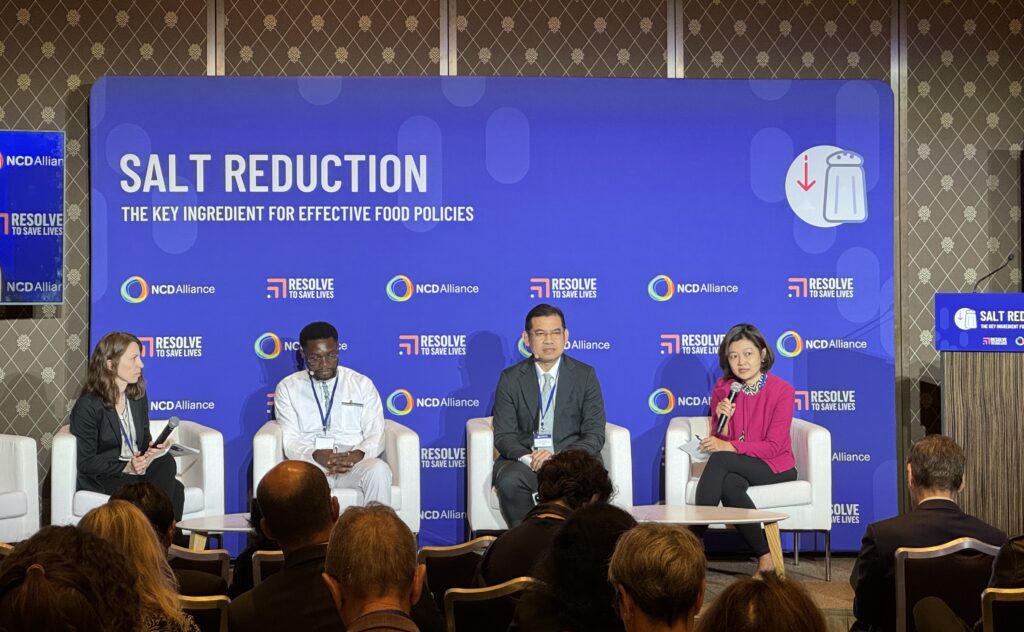
At the event we co-hosted with the NCD Alliance and WHO, Bangladesh, Malaysia, Nigeria, and Singapore made new commitments to implement comprehensive policies that will protect at least 37,000 people from the harms of eating too much salt.
New video guide for fast and simple user testing for health care software

A monthly cycle of testing software with end users is necessary to build good software that drives program improvements.
Webinar: Designing digital tools with health care workers at the center

For the launch of our new digital tools playbook, we cohosted a webinar with the Bill and Melinda Gates Foundation on designing digital health tools with the end user at the center.
The Simple app manages more than 4 million patients—and health workers love it
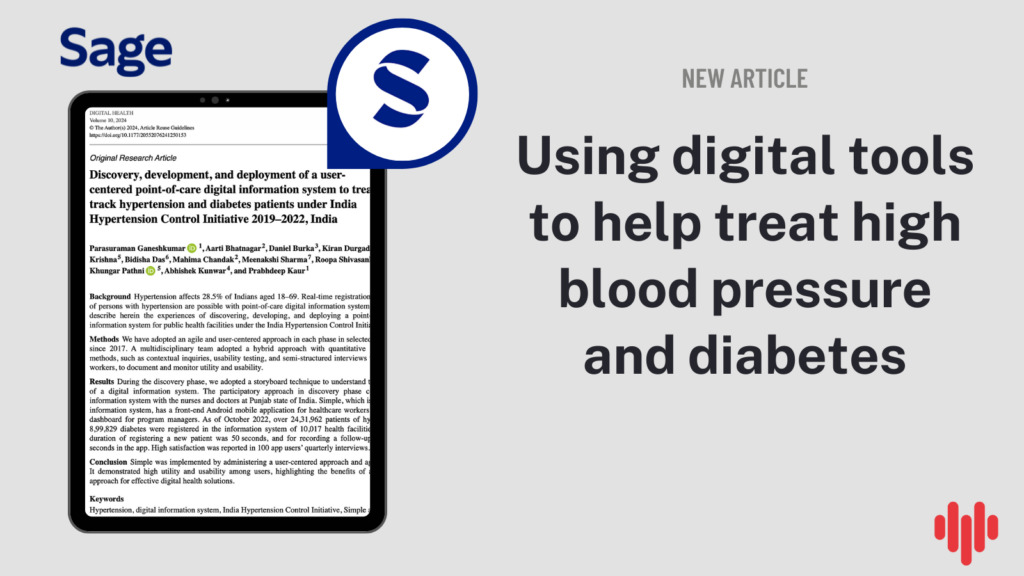
In a new article for Sage Publications, Resolve to Save Lives and the DHIS2 team talk about collaborating with health care workers to design an app that doctors and nurses love to use.
RTSL releases first-of-its-kind guide to effective, user-centered digital health tools
New playbook summarizes lessons from hundreds of health care workers and millions of patients on how to build a digital tool that saves time and lives May 8, 2024 (NEW YORK, NY)— A new playbook released by Resolve to Save Lives (RTSL) compiles lessons learned from five years of health care workers using the Simple […]
WHO’s 2nd edition Sodium Benchmarks report

A webinar highlights lessons learned from the first report, current progress on global salt reduction, and next steps countries can take to promote heart health.
Tackling NCDs: best buys and other recommended interventions for the prevention and control of noncommunicable diseases, 2nd ed

WHO’s updated list of “best buys” and recommended interventions for addressing NCDs, aligned with the extended Global Action Plan (2013–2030) to help countries achieve the nine voluntary NCD targets and advance SDG 3 on good health and well-being.
NIH webinar highlights five years of promoting heart health at RTSL

For the U.S. National Institute of Health’s HERO series, RTSL’s global health equity research takes center stage.
New IHR Benchmarks Tool simplifies planning for health emergencies

Developed in partnership with Resolve to Save Lives, this tool helps countries prepare for outbreaks and prevent epidemics.
Dr. Frieden on rebuilding trust in public health
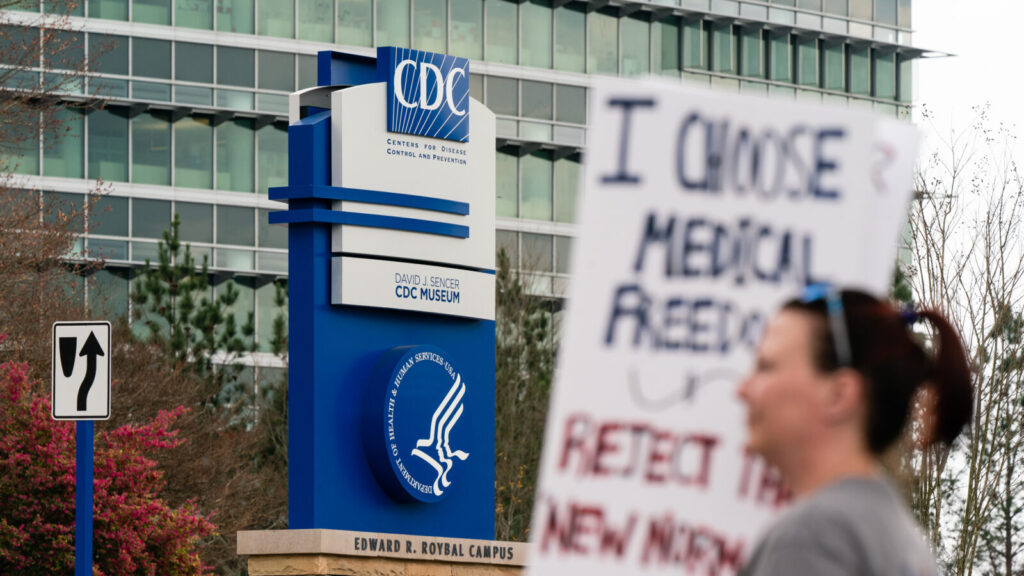
For STAT News, President and CEO of Resolve to Save Lives Dr. Tom Frieden outlines three actions that must be prioritized to restore trust.
JHPIEGO webinar on controlling high blood pressure in primary care through HEARTS

Watch: How to integrate WHO’s HEARTS into primary health care strengthening grants
How much does it cost to treat high blood pressure?
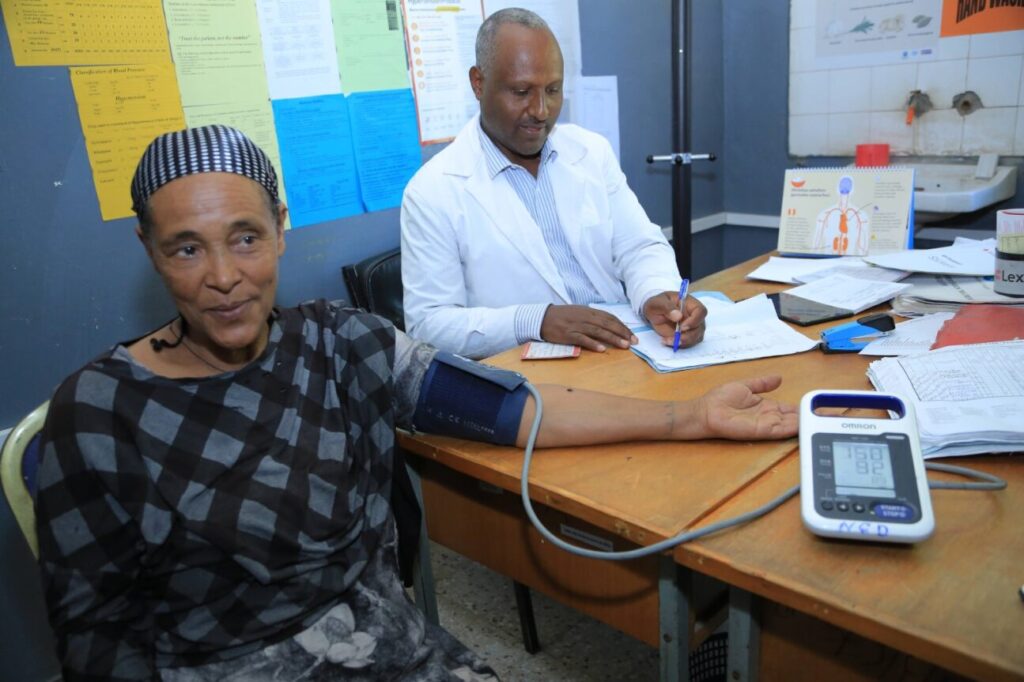
Studies in Bangladesh, Ethiopia, Mexico, Thailand and the Philippines show that implementing the WHO HEARTS package is an affordable way to improve blood pressure control and save lives.
New tool helps governments combat nutrients of concern

Watch a webinar exploring GHAI’s new Nutrient Profile Models tool for developing healthy food policies
Statement from Dr. Renu Garg: Nepal bans trans fat
STATEMENT FROM DR. RENU GARG, SENIOR VICE PRESIDENT OF CARDIOVASCULAR HEALTH AT RESOLVE TO SAVE LIVES 16 February 2024 (NEW YORK, USA)—“Congratulations to Nepal for issuing legislation that limits the amount of trans fat in food, which will save 2,200 lives each year. The new legislation, adopted with support from the World Health Organization’s South-East […]
Controlling hypertension can be the next global health win
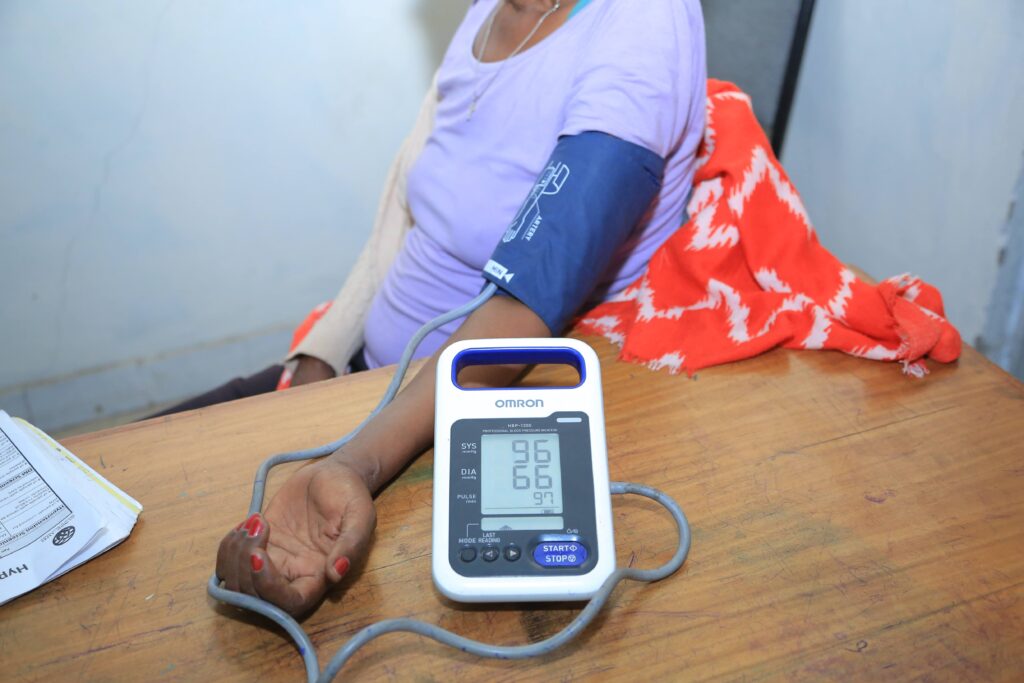
In the Washington Post, Dr. Tom Frieden calls attention to the need for increased focus and funding to prevent and treat the deadly condition.